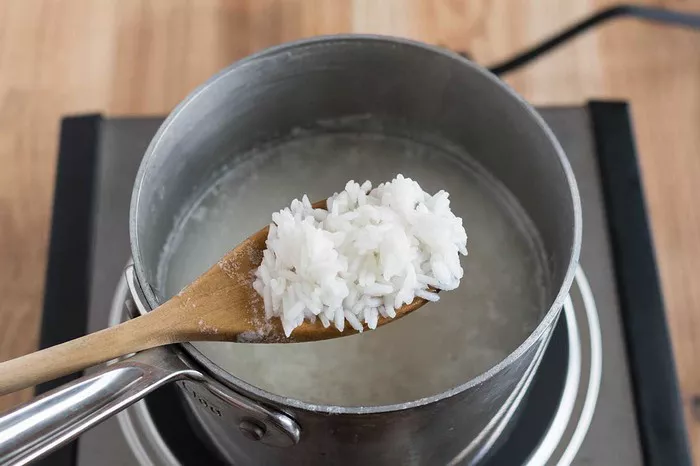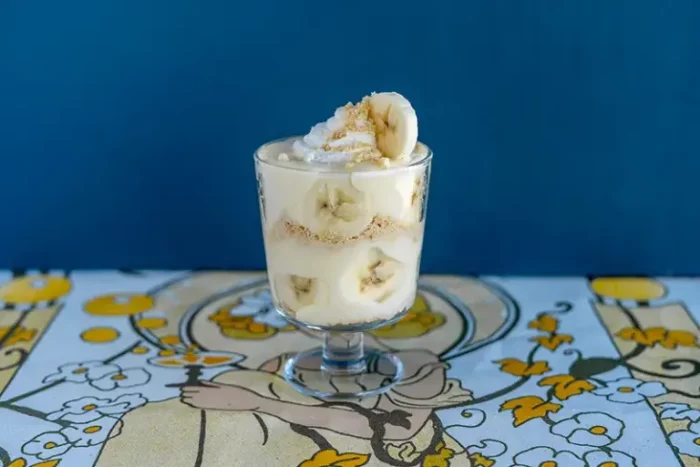Rice is one of the most widely consumed foods around the world. It forms a staple in many diets, from Asia to Latin America, and even parts of Europe. However, when it comes to managing blood sugar levels, rice is often a controversial topic. For people with diabetes or those concerned about blood sugar control, understanding how rice affects blood sugar is crucial. In this article, we will break down the effects of rice on blood sugar, how different types of rice influence glucose levels, and tips on how to make rice a healthier part of your diet.
The Glycemic Index: What It Is and Why It Matters
To understand whether rice spikes blood sugar, it’s important first to know about the Glycemic Index (GI). The GI is a scale from 0 to 100 that ranks carbohydrate-containing foods based on how they affect blood sugar levels. A high GI food causes a rapid spike in blood sugar, while a low GI food causes a slower, more gradual increase.
Foods that are high in refined carbohydrates and sugars typically have a high GI, whereas foods high in fiber and whole grains tend to have a lower GI. Rice, in particular, can have a wide range of GI scores depending on the type of rice and how it is cooked.
Different Types of Rice and Their Impact on Blood Sugar
Not all rice is created equal. The effect rice has on your blood sugar can vary significantly depending on the variety of rice you choose. Let’s take a look at how different types of rice compare in terms of their Glycemic Index and overall impact on blood sugar.
White Rice
White rice is the most commonly consumed form of rice. It is made from refined grains, meaning the outer husk, bran, and germ are removed during processing. This gives white rice a soft texture, but it also removes much of its fiber and nutrients.
White rice is considered a high-GI food. Its Glycemic Index typically ranges between 70 and 80, meaning it can cause a rapid rise in blood sugar. The lack of fiber in white rice means that carbohydrates are quickly broken down and absorbed into the bloodstream, leading to a spike in glucose levels. This is particularly concerning for individuals with diabetes or those trying to maintain stable blood sugar levels.
Brown Rice
Brown rice, on the other hand, is less processed and retains its bran and germ, which gives it a higher fiber content. Because of this, brown rice has a lower Glycemic Index than white rice, typically ranging between 50 and 55.
The higher fiber content in brown rice helps slow down the digestion and absorption of carbohydrates, preventing sharp spikes in blood sugar. This makes brown rice a better option for people with diabetes or anyone trying to manage their blood sugar levels. It is also a more nutritious choice overall, as it provides more vitamins, minerals, and antioxidants compared to white rice.
Basmati Rice
Basmati rice is a long-grain rice often used in Indian and Middle Eastern cooking. It has a unique aroma and fluffy texture when cooked. The GI of basmati rice is typically lower than white rice, but it can still vary depending on whether it is white or brown basmati.
- White basmati rice has a GI of around 58.
- Brown basmati rice has a GI of around 50.
Because of its relatively low GI, basmati rice is considered a better option than regular white rice. The glycemic response may still be higher than other whole grains like quinoa or barley, but it is much better than the spike you would experience from white rice.
Jasmine Rice
Jasmine rice is another popular variety of rice, particularly in Southeast Asian cuisine. Like white rice, jasmine rice is typically refined and has a high Glycemic Index, usually ranging from 68 to 80.
Jasmine rice shares many of the same characteristics as white rice. It is quick to digest and absorbs rapidly into the bloodstream, leading to an increase in blood sugar. For individuals who are concerned about their blood sugar levels, jasmine rice should be eaten in moderation, especially if they are trying to manage or prevent diabetes.
Wild Rice
Despite its name, wild rice is actually a type of grass, not rice. It is often considered healthier due to its higher fiber content and lower Glycemic Index. The GI of wild rice is around 45, which is considered low.
Because of its fiber and protein content, wild rice is a great option for stabilizing blood sugar levels. It takes longer to digest, which means it has less of an immediate impact on blood sugar. Wild rice can be a nutritious and satisfying addition to a balanced diet, especially for those looking to control their glucose levels.
Sticky Rice (Glutinous Rice)
Sticky rice, commonly used in Asian cuisines, especially for desserts and snacks, is made from a special type of rice that is high in amylopectin, a starch that is digested quickly. This type of rice tends to have a higher Glycemic Index, typically ranging between 70 and 85.
Like white rice, sticky rice can cause a rapid increase in blood sugar levels. Therefore, people who are managing diabetes or are at risk of insulin resistance should limit their consumption of sticky rice or opt for other alternatives with lower GI values.
The Effect of Cooking Methods on Rice’s Glycemic Index
The Glycemic Index of rice can also be influenced by how it is prepared and cooked. Here are some ways in which cooking methods can affect the GI:
Cooking Rice Al Dente
When rice is cooked al dente (slightly firm), it retains more of its starch in a less digestible form, which can lower its Glycemic Index. The longer rice is cooked, the more starch is converted into simpler sugars, increasing its GI. So, cooking rice for a shorter period or undercooking it slightly can help slow down the sugar release into the bloodstream.
Cooling Rice
Interestingly, cooling cooked rice can also lower its Glycemic Index. This happens because the starches in rice undergo a process called retrogradation when they cool down. The starch molecules reorganize into a more resistant form that is harder for the body to digest, resulting in a slower release of sugar into the bloodstream.
You can use this technique by cooking rice in advance and allowing it to cool in the refrigerator before reheating and eating. This can be particularly helpful for people with diabetes who need to manage their blood sugar carefully.
Rice and Its Effect on Insulin Resistance
High Glycemic Index foods, such as white rice, can contribute to the development of insulin resistance over time. Insulin resistance occurs when the body’s cells become less responsive to the hormone insulin, which helps regulate blood sugar levels. As a result, blood sugar levels remain elevated, which can eventually lead to type 2 diabetes.
Regular consumption of high-GI foods can promote weight gain, increase fat storage, and exacerbate insulin resistance. In contrast, consuming low-GI foods like brown rice, wild rice, and whole grains can help improve insulin sensitivity and maintain stable blood sugar levels.
Tips for Managing Blood Sugar When Eating Rice
If you love rice but need to manage your blood sugar, there are several strategies you can use to enjoy rice while minimizing its impact on your glucose levels.
Choose Whole Grain Rice
Opt for whole grain varieties of rice, such as brown rice, wild rice, or black rice. These options contain more fiber and nutrients, which help slow down the digestion of carbohydrates and keep blood sugar levels stable.
Pair Rice with Protein and Fiber
Eating rice alongside protein-rich foods (like chicken, fish, or legumes) and fiber-rich vegetables (like broccoli, spinach, or beans) can help prevent blood sugar spikes. Protein and fiber help slow digestion and prevent the rapid absorption of glucose into the bloodstream.
Control Portion Sizes
If you’re trying to control your blood sugar, portion size matters. Eating large portions of rice, even low-GI varieties, can still lead to an increase in blood sugar. Stick to reasonable portions and balance rice with other low-carb and nutrient-dense foods.
Experiment with Cooking Methods
As mentioned earlier, cooking rice al dente and cooling it can lower its Glycemic Index. You can try these methods to make your rice meal healthier.
Conclusion
Rice can spike blood sugar, particularly when consuming high-GI varieties like white rice, jasmine rice, and sticky rice. However, there are healthier alternatives, such as brown rice, wild rice, and basmati rice, that have a lower impact on blood sugar levels. Cooking methods like undercooking rice and cooling it after cooking can further help in managing blood sugar levels.
For those with diabetes or anyone looking to maintain stable blood sugar, it’s important to choose the right type of rice and pair it with other nutrient-rich foods. By making mindful choices and adjusting your cooking methods, rice can still be a part of a healthy, balanced diet without causing significant spikes in blood sugar.
Related topics:























